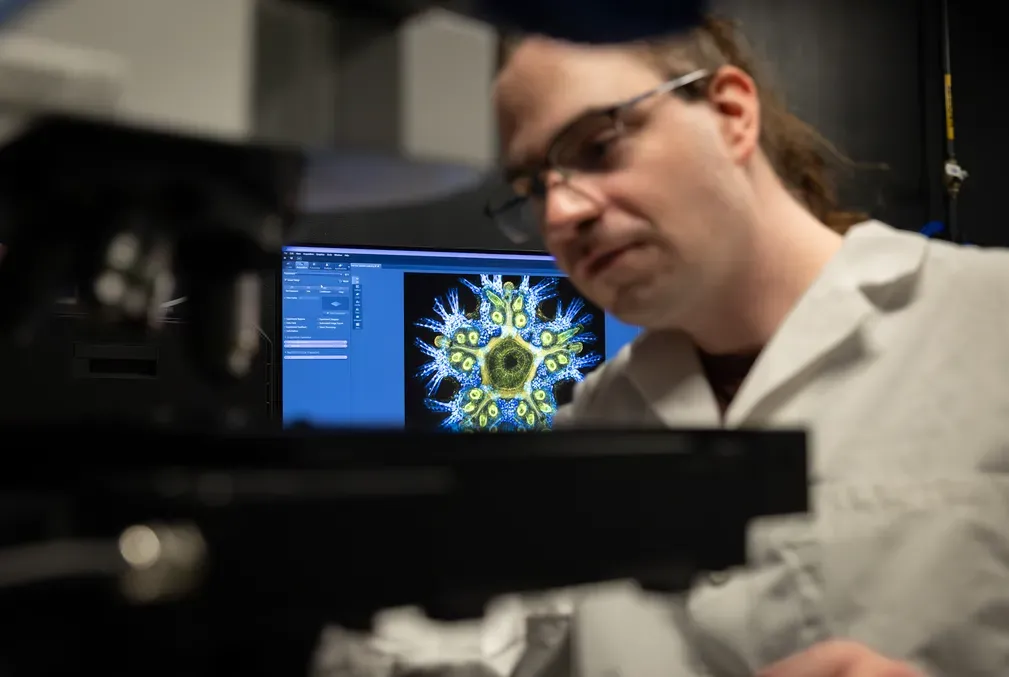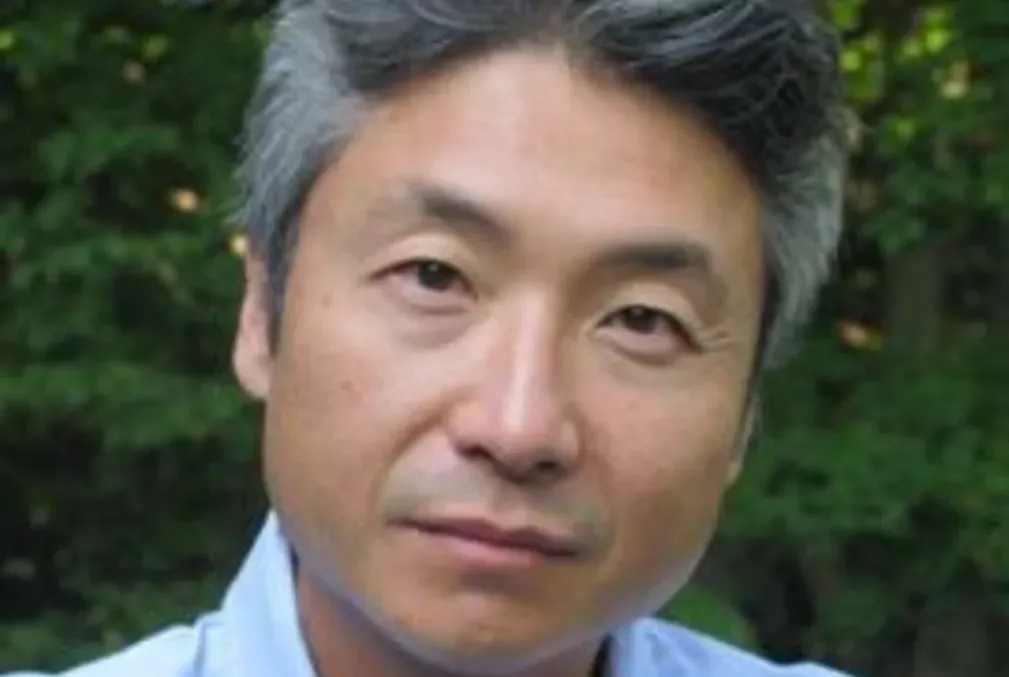
2023 cohort of Stanford Science Fellows named
Stanford’s School of Humanities and Sciences has awarded 10 scholars from top research programs the distinguished Stanford Science Fellowship for 2023.
Ten award-winning scholars from around the globe have been selected as the 2023 cohort of Stanford Science Fellows.
Launched as part of Stanford’s Long-Range Vision in 2020, the highly competitive SSF program for postdoctoral researchers aims to support scholars while advancing foundational science and fostering effective interdisciplinary approaches to fundamental questions through research. Providing top postdoctoral scholars access to critical resources is a key part of ensuring their success.
“Stanford Science Fellows are using interdisciplinary approaches to understand the natural world and take on the big questions in science,” said Peter Michelson, the Luke Blossom Professor in the School of Humanities and Sciences and faculty director of the SSF program. “Many of today’s most pressing research questions cannot be tackled alone. Successful scientists collaborate with researchers of diverse interests and backgrounds, and this idea is a central tenant of the SSF program. Each cohort of Stanford Science Fellows forms connections that become a network of colleagues and collaborators who can support their research interests and career.”
Here, some of the scholars in the new cohort describe the disparate paths that led them to Stanford, what they aim to achieve in the SSF program, and how they plan to use the program as a springboard for their future aspirations.
Star detective
“I have always been curious about science and society,” said Christian Aganze, a galactic archaeologist from Rwanda.
Aganze is essentially a space detective—scouring surveys of the night sky in search of cryptic objects called brown dwarfs. Due to their low masses, these “failed stars” fell short of achieving the high temperatures and pressures necessary to sustain hydrogen fusion and become stars. He’s also working on using groups of co-moving stars, called stellar streams, in external galaxies to put limits on the nature of dark matter.
At Stanford, Aganze will work with SSF faculty hosts Risa Wechsler, the director of the Kavli Institute for Particle Astrophysics and Cosmology, and Steven Allen, professor of physics, to find distant brown dwarfs and low-mass stars (ultracool dwarfs) to make predictions about the Milky Way’s structure and star formation history over time. In addition, he will continue using stellar streams to map dark matter in other galaxies.
Aganze overcame many challenges on his path to becoming successful as a scientist, including language barriers and foreign terminology that made learning physics challenging.
“One of my goals is to carve a path toward teaching physics and physical concepts in Indigenous/local African languages,” Aganze wrote in his application.
From gymnasiums to algorithms
For Jess Banks, the path to becoming a Stanford Science Fellow began in a gymnasium.
“My dad taught me MATLAB during gymnastics practice,” Banks wrote in her application. “I must have been 8, 9 years old; I remember the cold buzz of the overhead lights, the elastic band of the leather beam shoes, the chalk on my palms leaving prints on his IBM ThinkPad laptop.”
Twenty years after this initial introduction to coding, Banks now researches a blend of theoretical computer science, probability, and spectral graph theory (the properties of graphs and their matrices) to explore how algorithms behave in random and “worst case” scenarios. At Stanford, Banks will work with faculty host Tselil Schramm, assistant professor of statistics, and other faculty in statistics—as well as faculty in mathematics, computer science, and engineering—to build on her research in these areas.
“The Science Fellows program is renowned for nurturing research that spans disciplines and techniques and researchers with disparate histories and sensibilities,” Banks wrote. “As a transgender woman working at the boundary of several fields who is passionate about mentorship, scientific communication, and broadening the project of basic research, this fellowship is a natural fit.”
Monitoring methane with lasers
“Being completely blind in Earth science—a field that relies heavily on the visualization and creation of graphics—is isolating and difficult,” Newton H. Nguyen wrote in his SSF application. “However, my resourcefulness, determination, and love of science have allowed me to endure and to succeed.”
Nguyen investigates methods to improve the way we monitor global methane emissions. His research at Caltech revealed that the global quantification of methane emissions can be improved by accurately representing their atmospheric lifetimes. He also found that methane observations are primarily concentrated in North America, East Asia, and Europe, potentially introducing regional biases into the global methane record.
Working with SSF faculty hosts Alison Hoyt, assistant professor of Earth system science, and Leo Hollberg, professor of physics, Nguyen will develop and deploy novel laser-based instruments to measure methane emissions at the scale of ecosystems. Nguyen aims to improve the accuracy and cost-effectiveness of ecosystem monitoring. Such instruments could have potential applications in methane-emitting ecosystems that are currently under-measured, such as permafrost landscapes and rice fields.
“This study will also develop more accurate, mechanistic models of how wetland emissions will respond to climate change,” Nguyen wrote.
In addition to conducting research, Nguyen actively contributes to diversity, equity, and inclusion efforts and serves as an advocate for disabled students and scientists.
“My blindness not only affects how I perceive the world around me; it also affects how I perceive and interpret data,” Nguyen wrote. “I rely on software that reads the screen aloud. However, this software does not interact with most common text and code editors, requiring me to develop my own method of programming by listening alone. These efforts demanded an enormous amount of time, effort, and sacrifice.”
This year’s cohort is the fourth since the program began in 2020, and it brings the total number of fellows to 34, representing the schools of Humanities and Sciences, Engineering, Medicine, and Sustainability. The researchers in the 2023 cohort are hosted by Stanford’s departments of Bioengineering, Chemistry, Earth System Science, Mathematics, and Physics.




